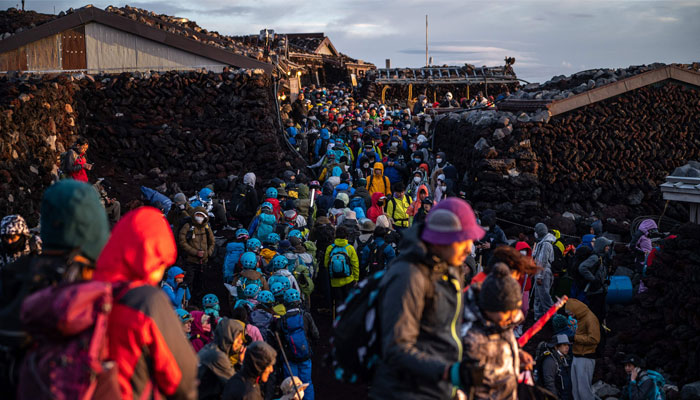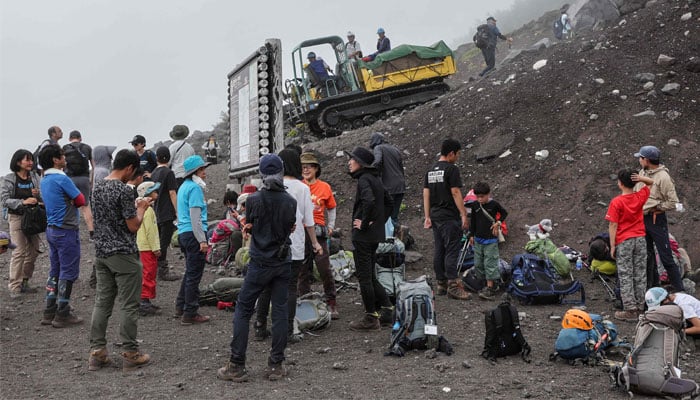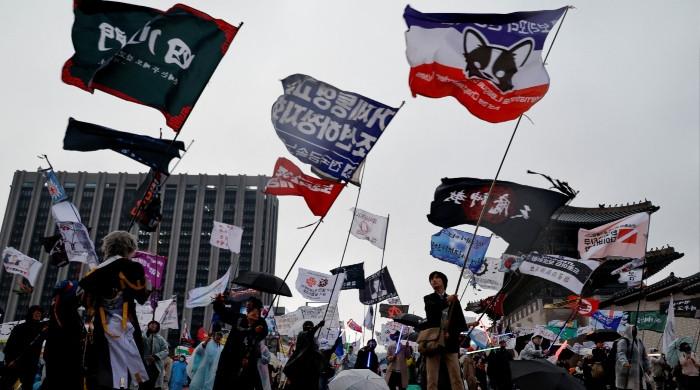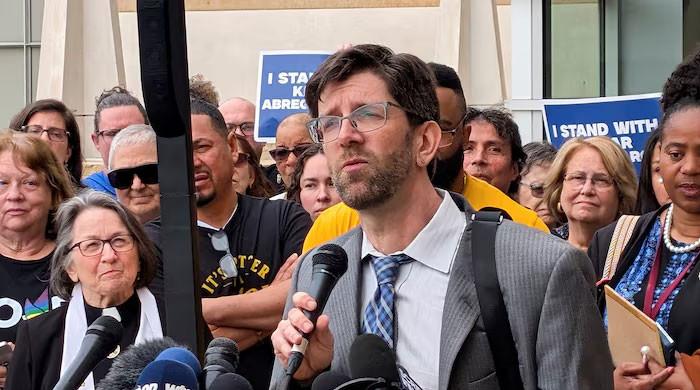Trashed by overtourism, Japan's sacred Mount Fuji begs for break — Here's what tourists should know
Mount Fuji, which celebrates its 10th year as UNESCO heritage site, has reached a "critical point" environmentally
September 23, 2023

Miho Sakurai, a veteran ranger who has been patrolling Mount Fuji's slopes for seven years, has witnessed the familiar sights of human traffic jams, garbage-filled foothills, and inappropriately attired hikers, some even attempting the ascent in sandals.
“There are definitely too many people on the mountain at the moment; the numbers are much higher than before,” Sakurai lamented to CNN.
Mount Fuji, added to UNESCO World Heritage Sites in 2013, has seen a significant increase in visitors since its addition, with the number doubling from two million in 2012 to over five million in 2019 at the mountain's popular fifth hiking station.
The mountain, which celebrates the 10th anniversary of receiving the UNESCO designation this year, has reached a "critical point" environmentally.
"Overtourism — and all the subsequent consequences like rubbish, rising CO2 emissions, and reckless hikers — is the biggest problem facing Mount Fuji,” says Masatake Izumi, a Yamanashi prefectural government official and expert on the famed peak.
‘It’s like Disneyland here’
Mount Fuji's fifth hiking station, "Gogome," is halfway up the mountain and receives 90% of visitors. Most travel from Tokyo via the Fuji Subaru Line mountain road, which was built 60 years ago during Japan's motorization era, or take buses, taxis, and EV cars.
This direct access allows visitors and families to experience Mount Fuji from across the country. However, experts argue that the mountaineering experience at Mount Fuji is declining due to crowds.
Tomoyo Takahashi, a Mount Fuji conservation fund employee, urges hikers to donate 1,000 yen ($7) to maintain the mountain's cleanliness.
“It’s like Disneyland here, as there are too many people,” she tells CNN. “Not everyone pays the 1,000 yen, and it makes me sad. There should be a mandatory entrance fee that’s much higher, so only visitors who truly appreciate Mount Fuji’s heritage come.”

Shift from ‘quantity’ tourism to ‘quality’ tourism
Mount Fuji has been protected by a non-profit organisation, Fujisan Club, which has conducted 992 clean-up activities at its foothills, collecting 850 tonnes of garbage between 2004 and 2018.
Recently, the group started garbage patrols using electric bikes equipped with GPS data cameras to map the types and quantities of trash in an area.
“This is the world’s first attempt at garbage patrol using e-bikes and AI,” Nanai Tatsuo, a volunteer at the Fujisan Club, said.
Japan's national parks have set a daily limit of 4,000 climbers for the Yoshida trail to enhance the visitor experience.
However, this is challenging due to the lack of gates and local government bylaws for blocking roads. To address this, a system exists where only visitors who have booked a parking space or climbers at one of the nine lodges can hike Mount Fuji, according to Yamamoto.
“Fuji-san is screaming out in pain. We can’t just wait for improvement; we need to tackle overtourism now,” Izumi says.











